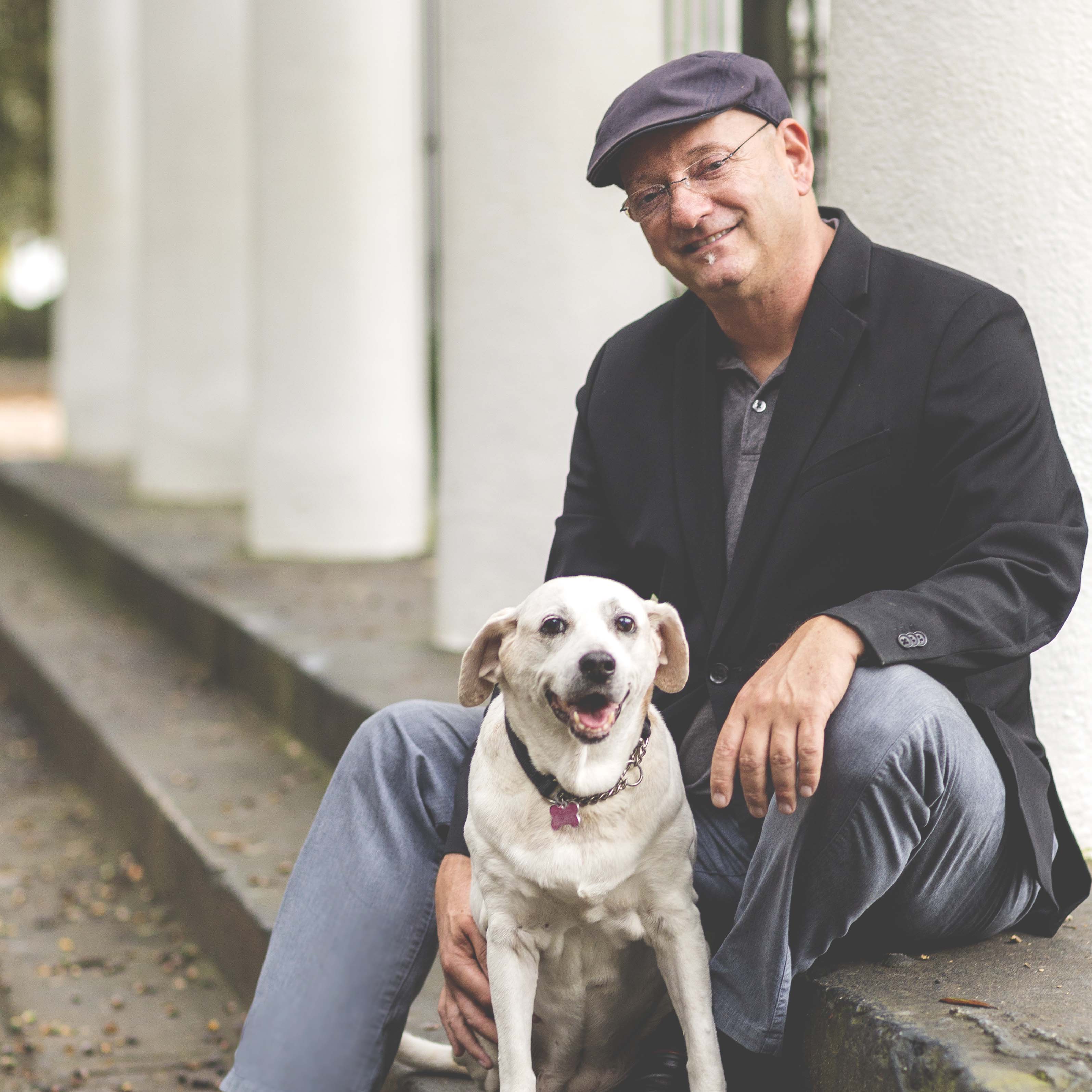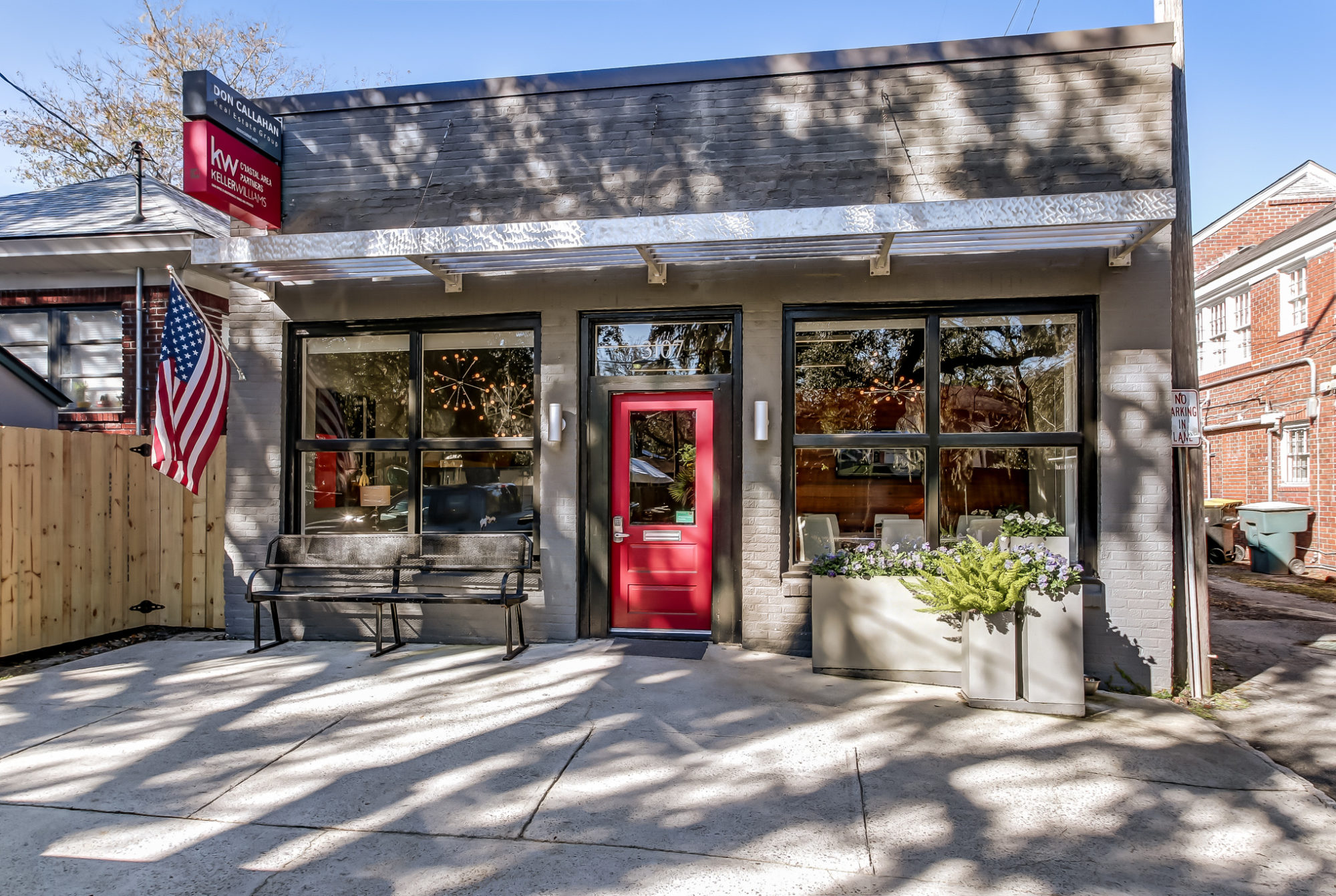Historic Beach Institute | Savannah, Georgia
Spanning from Liberty to Gwinnett and Price to E. Broad Streets, the surrounding neighborhood was developed in the 1850s.
History
Savannah’s Beach Institute, built in 1867 by the Freedmen’s Bureau, was established by the American Missionary Association for the education of newly freed slaves. The school was named for New Yorker Alfred S. Beach, editor of the Scientific American, who donated funds to purchase the site. Staffed primarily by white female teachers from the north, 600 students initially enrolled the school. In 1875, it was turned over to the Savannah Board of Education, and it became a free public school for black children.
The Neighborhood
Spanning from Liberty to Gwinnett and Price to E. Broad Streets, the surrounding neighborhood was developed in the 1850s by investors for the Savannah-Albany Railroad seeking to create housing for their workers. Unlike the rest of downtown Savannah, the plan did not include tithing lots, trust lots, or central squares. The predominant building type was the double one-story cottage. These cottages are not found anywhere else in Historic Savannah. Another building type found in the neighborhood is the corner store, with entrances on the corner angle. Overall, it was an integrated neighborhood with a strong German presence and black ownership as early as the 1860s. In the 1980s, the King-Tisdell Cottage Foundation and the Historic Savannah Foundation aimed to resist the gentrification and displacement occurring throughout downtown Savannah as a result of the historic preservation movement. Together they established the “Live in a Landmark” and “Fee and Fine Forgiveness” programs, helping the area to remain mixed and affordable. The effort was successful, and today is considered a model for conscious historic preservation planning throughout the nation. Because of these initiatives, the established Beach Institute Historic Neighborhood remains the oldest surviving African American neighborhood in Savannah.
The Beach Institute closed in 1919 when enrollment declined due to the opening of other area schools. The Institute now serves as an African-American Cultural Center and offers a full schedule of programs and exhibits which feature arts and crafts with a African-American influence, including a collection of wood carvings by Ulysses Davis, a renowned folk artist. It is also home to the offices of the King-Tisdell Cottage Foundation.








